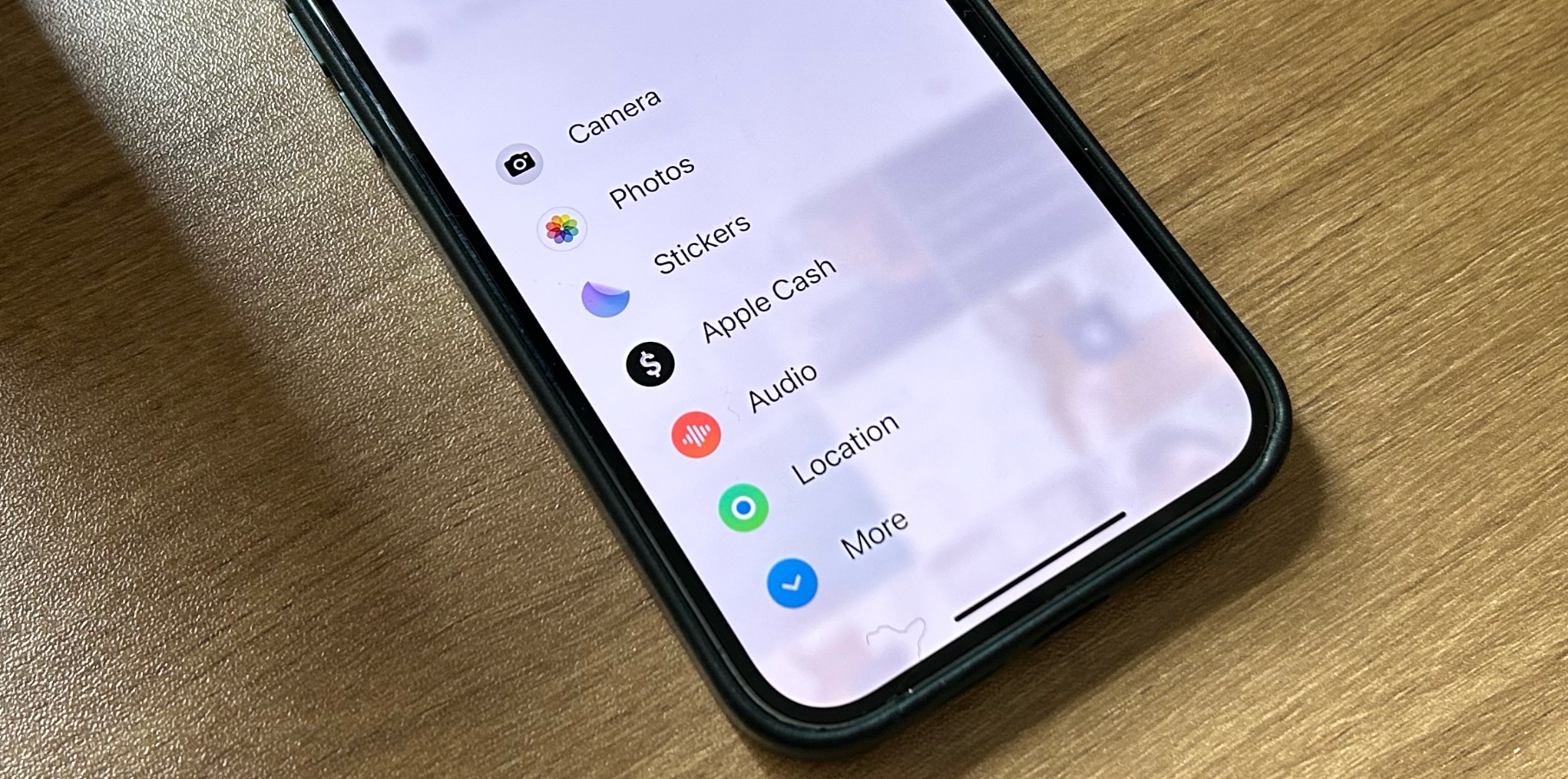
Last week’s app of the moment was Beeper Mini, a cross-platform messaging app that brings secure iMessage support to Android. Beeper found a way to take advantage of Apple’s iMessage system and wanted to launch FaceTime on Android next. I said the Beeper Mini’s iMessage trick would continue to work until Apple shuts it down on Friday, and it happened faster than I thought.
Apple’s intervention means there’s little hope of making the Beeper Mini support iMessage again. Apple will only continue to prevent and patch vulnerabilities that the Beeper Mini may develop. Apple said it’s about the security of the app and users on iMessage.
This also made me realize that using the Beeper Mini practically means you’re stealing Apple’s iMessage. I don’t know who needs to hear this, but iMessage is not a standard for communication. You’re only entitled to iMessage on your devices if you pay for it. You pay for it by subscribing to Apple’s ecosystem, starting with the iPhone. Not by purchasing a Beeper Mini subscription.
Yes, Apple should have banned the Beeper Mini
Before we talk about money, I’ll show you Apple’s statement on the subject. The company confirmed that it blocked access to Beeper Mini without naming the app. This has been a security and privacy concern for Apple, although many people will attack the company for it:
At Apple, we build our products and services with industry-leading privacy and security technologies designed to put users in control of their data and keep personal information safe. We’ve taken steps to protect our users by blocking technologies that exploit fake credentials to access iMessage. These technologies posed significant risks to user security and privacy, including the potential for revealing metadata and enabling spam, spam, and phishing attacks. We will continue to make updates in the future to protect our users.
Think about it for a moment: would you want any app to find a vulnerability in WhatsApp, Signal or Google RCS? You know, so they can register devices on the network, devices that have access to the platform? Doesn’t that raise some concerns?
What if instead of Beeper, a spam service figured out how to access iMessage this way and abuse it to send unwanted iMessage messages to users? Is this something from any messaging platform?
Let’s talk about money
I’ve said before that nothing is free on the Internet, and you shouldn’t have such expectations. Apple’s operating system and built-in apps are free to customers because they purchased iPhone, iPad, Mac, and other devices. iMessage is part of that.
It is an Apple invention that the company sells via the iPhone. It’s a great product too; That’s why a lot of Android users want it. That’s why Google wants support for its RCS service in the iPhone.
Running iMessage continuously without any issues isn’t free either. Apple has costs associated with allowing about a billion users to talk to each other via iMessage without interruption. It doesn’t matter that Apple also has billions of dollars in cash. It still has to pay for infrastructure. Just like Google pays to run RCS or Meta messages for WhatsApp.
Using iMessage without paying for it is the same as stealing it. And before you order, you’re paying for Google’s Android and Google’s RCS with your data. This is what pays for the entire Google software ecosystem. You can get WhatsApp for free because Meta is monetizing its social media suite with your data.
How does Signal make money? It receives large donations to provide its end-to-end encrypted service.
But iMessage can’t be free for Android users via Beeper Mini hacks. Even Beeper charges users $2 per month to operate. In very simple terms, you’ll pay Beeper, so you can steal iMessage from Apple.
It’s not as if Apple snatched a communications standard from the GSMA, changed it, and then left Android behind. iMessage is a proprietary technology that is optional for users. Senator Elizabeth Warren responded to the Beeper Mini saga, making it seem like Apple is doing Android users a disservice:
Green bubble texts are less secure. So why is Apple blocking a new app that allows Android users to chat with iPhone users on iMessage? Executives at big tech companies protect profits by crushing competitors.
Chat between different platforms should be easy and secure.
The Beeper Mini is not an iMessage competitor. It plugged into Apple’s proprietary system and charged users for it. Blue bubbles are safe because Apple protects them. This means repairing holes like the ones the Beeper Mini used.
There is a lot of competition in this field already which allows for easy and secure chatting between different platforms. If you’re on Android and can’t talk to your friends because they can’t be bothered to install WhatsApp or Signal, then iMessage is not your problem. I say this as a long-time iPhone user who relies on WhatsApp for chatting more than iMessage. However, we have never seen green bubble versus blue bubble wars in Europe and never will.
Should Apple bring iMessage to Android? That’s a different conversation. Apple might be ready to get it once it starts adopting RCS, which is a GSMA standard, not Google’s.
In recent years, the Beeper Mini has made waves in the tech world by offering a unique solution for accessing iMessage on non-Apple devices. This device has revolutionized the way users interact with the iMessage platform, allowing them to access the popular messaging service on virtually any device, be it an Android, Windows, or even a Linux machine. The Beeper Mini has provided a much-needed alternative for individuals who prefer to use iMessage but do not want to be tied down to Apple’s ecosystem. As a result, it has sparked a debate about the implications of using the Beeper Mini to access iMessage and its potential impact on Apple’s messaging dominance.

